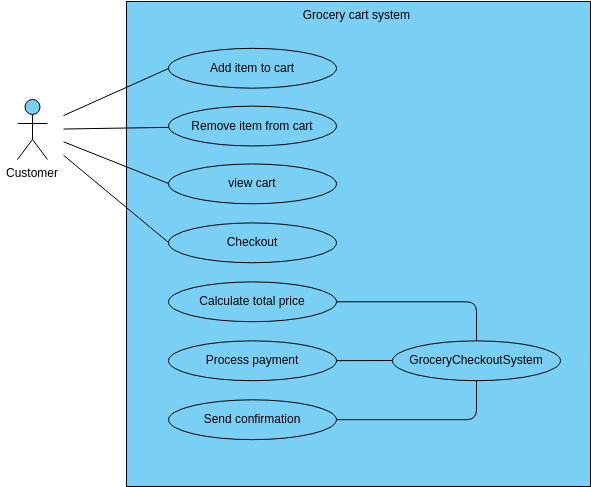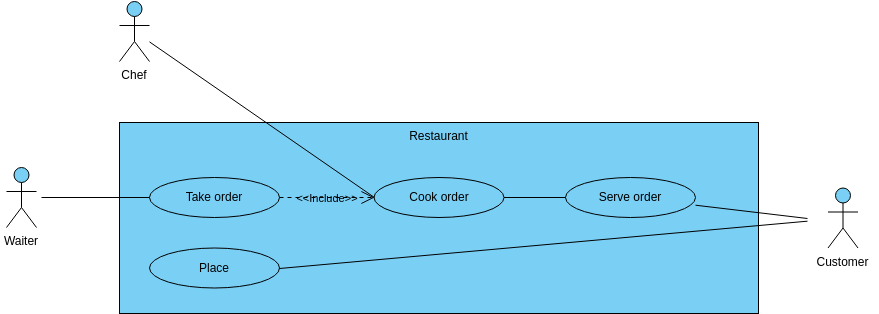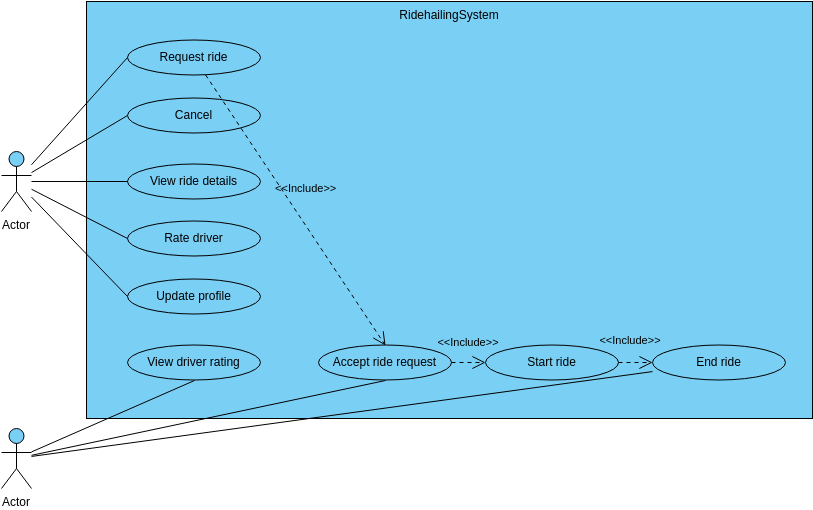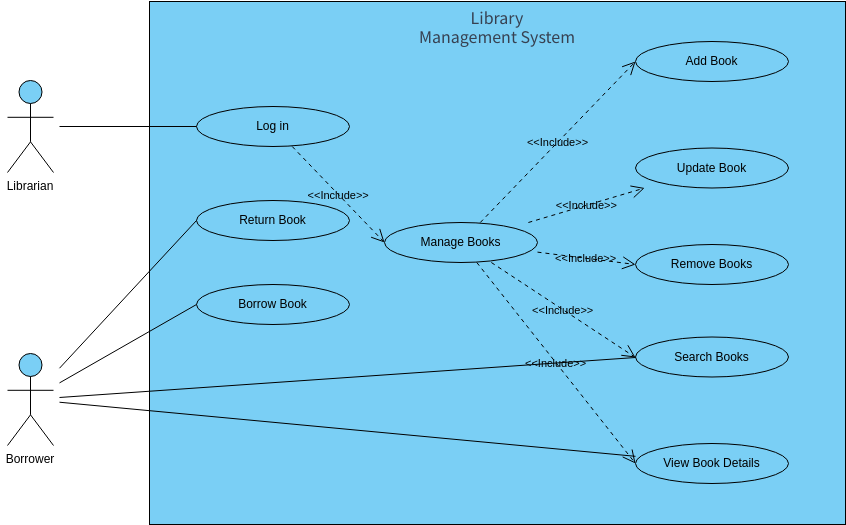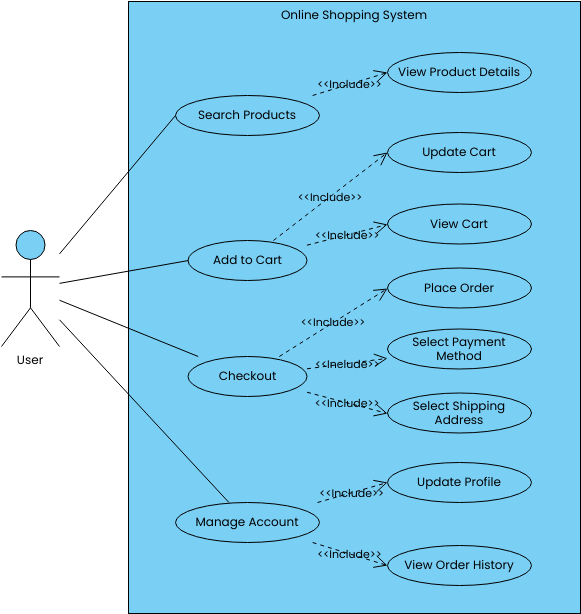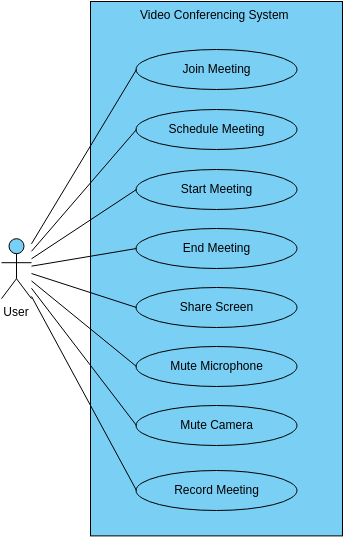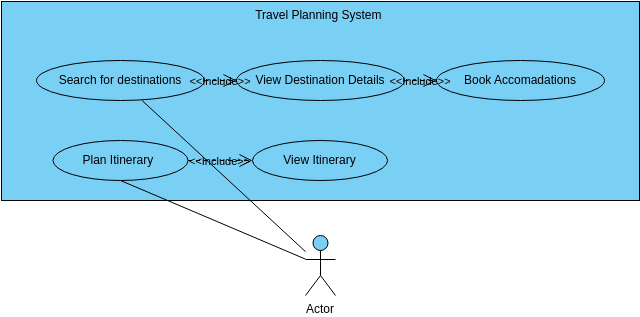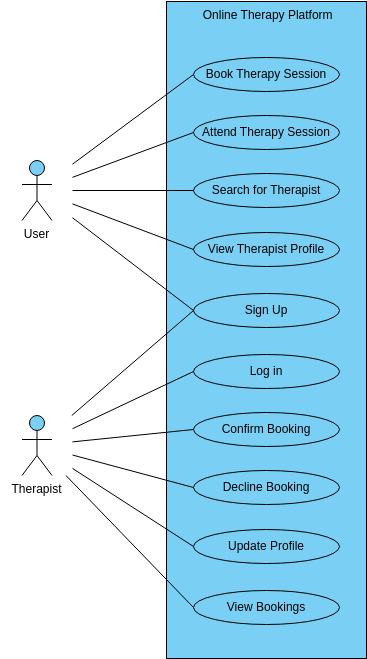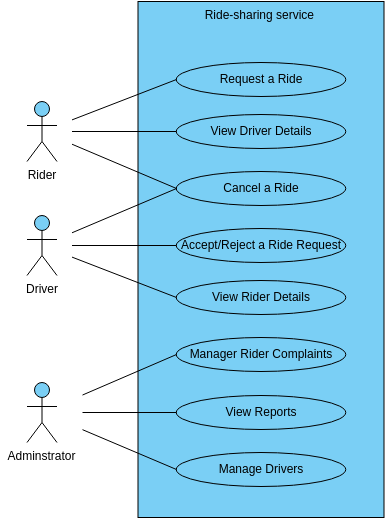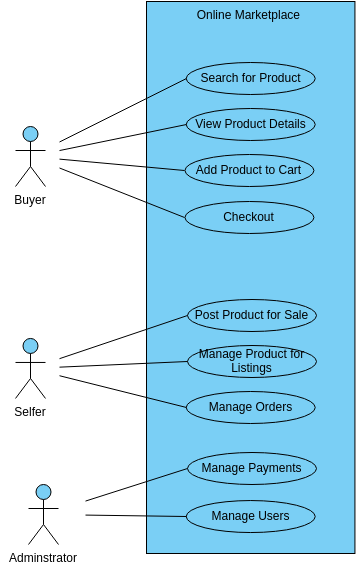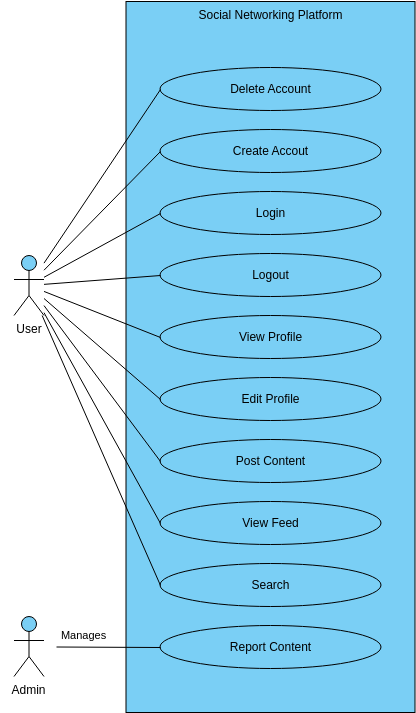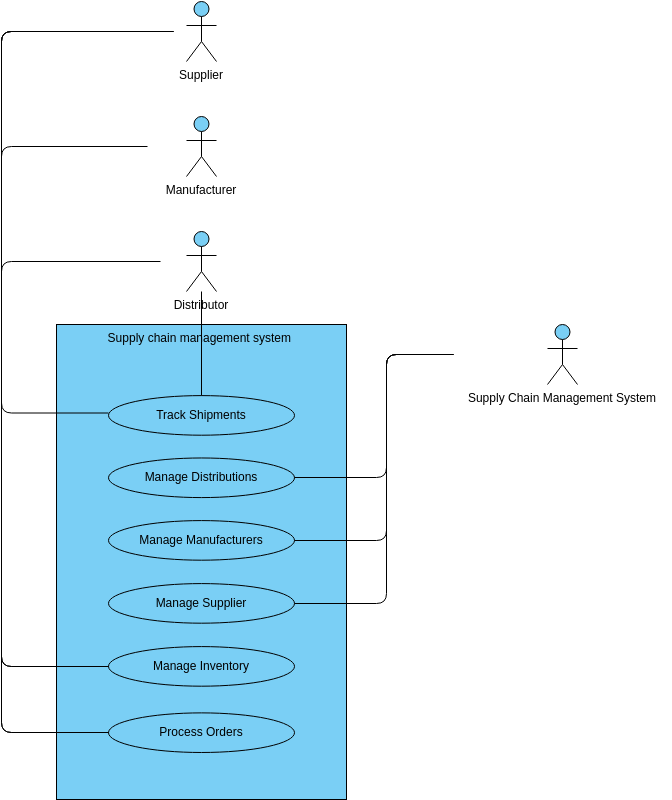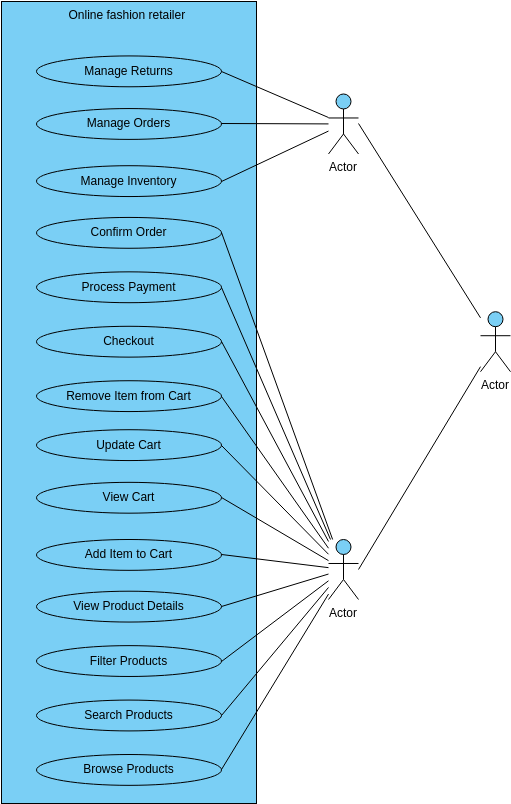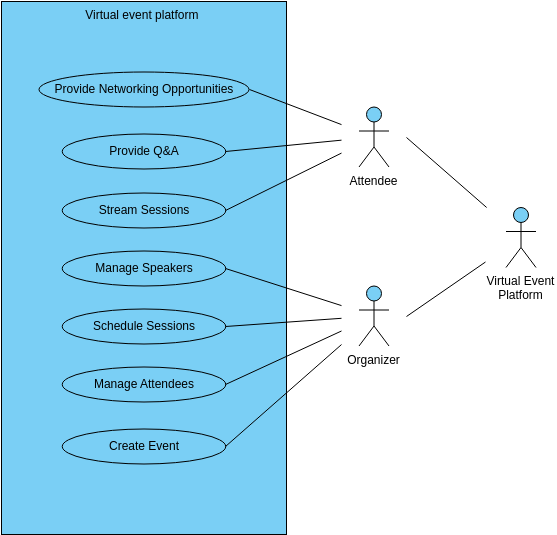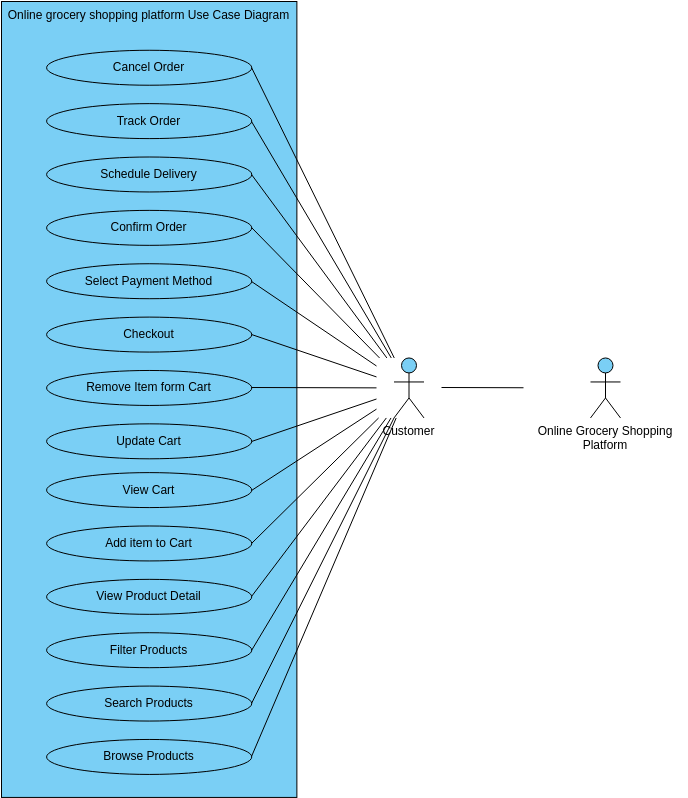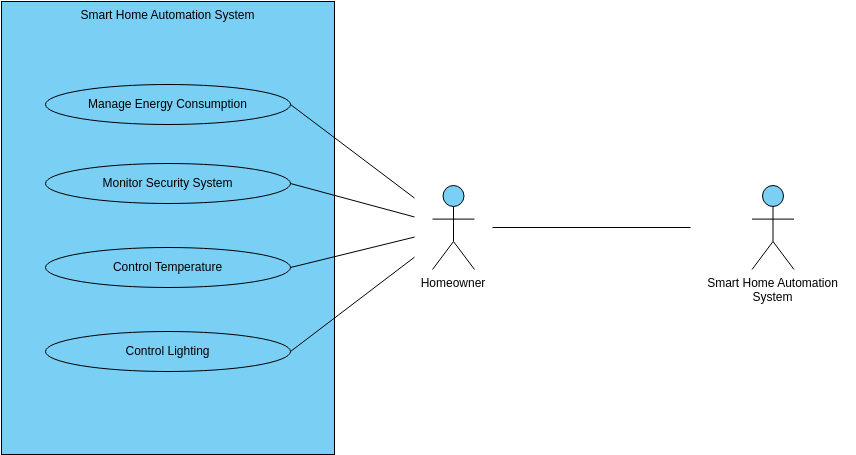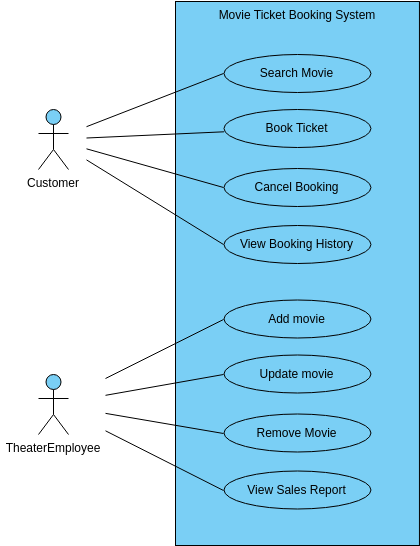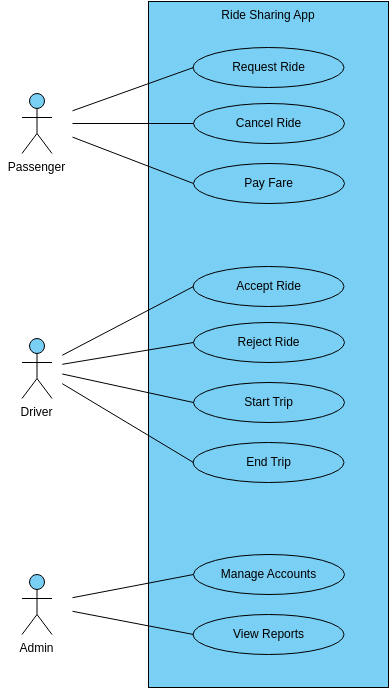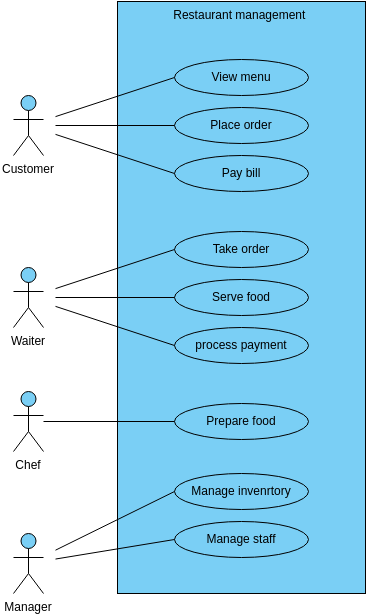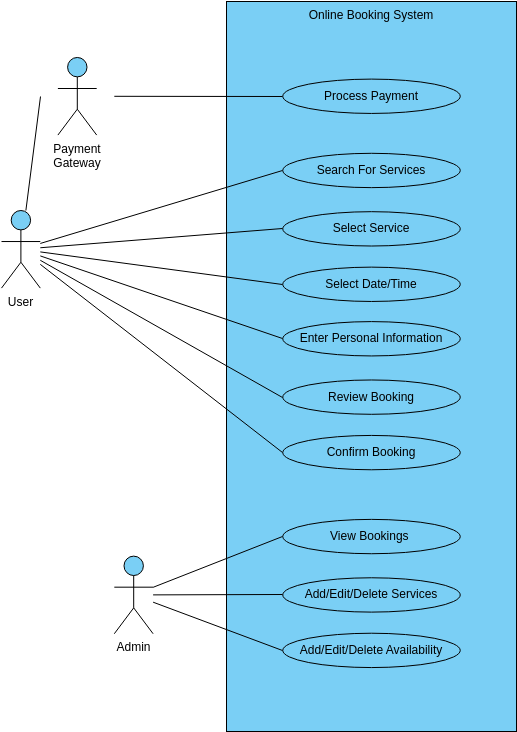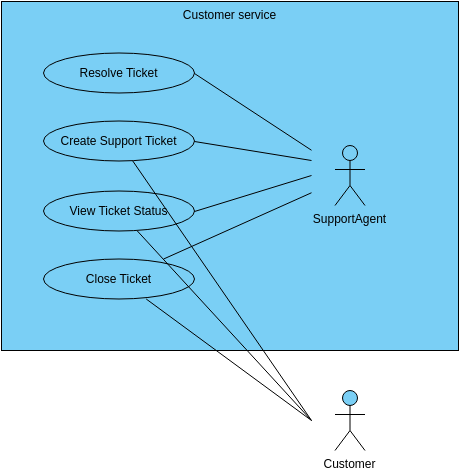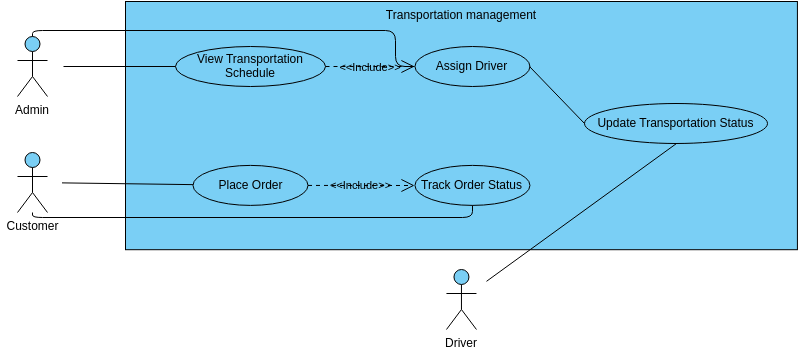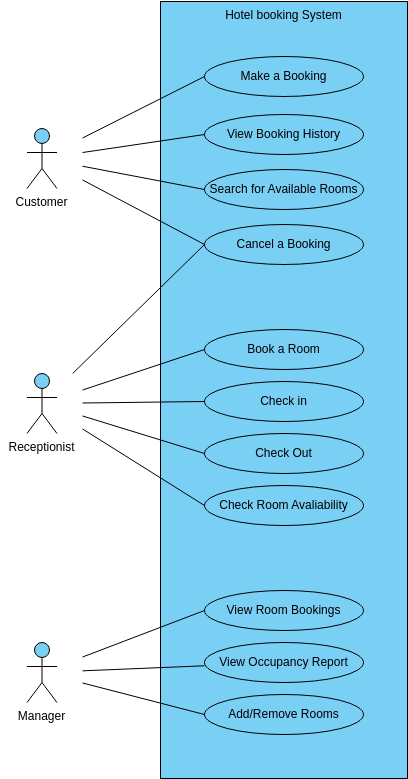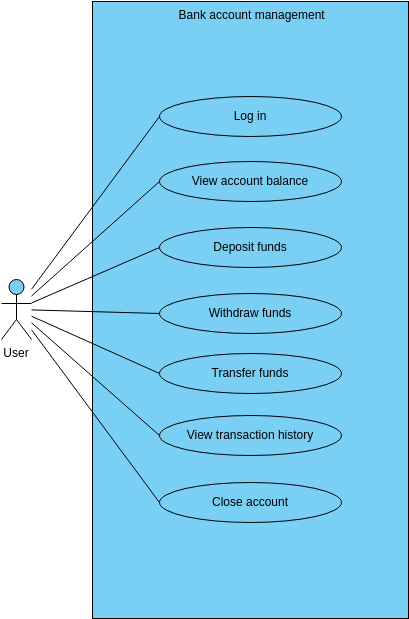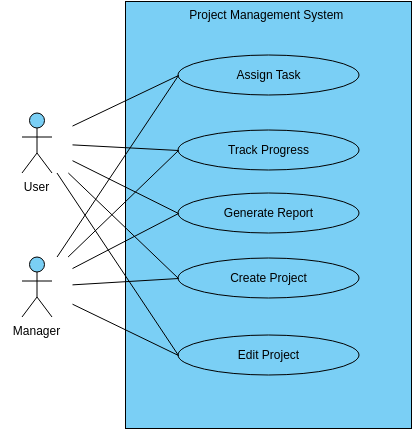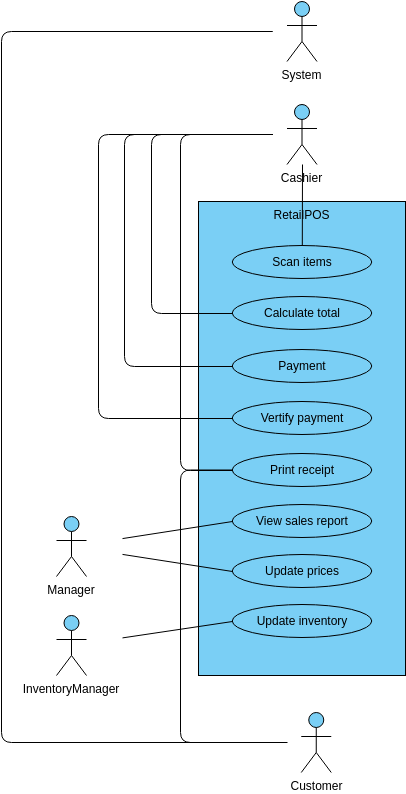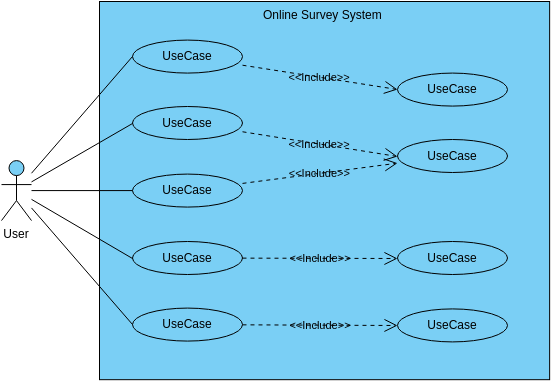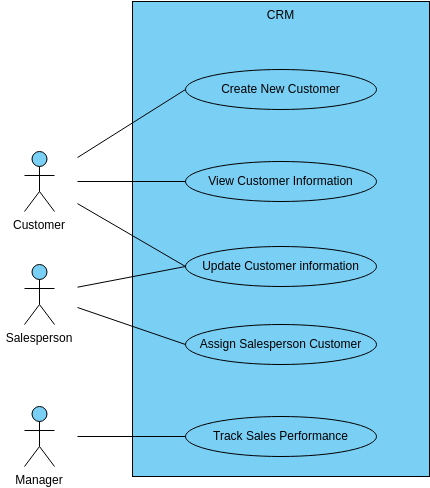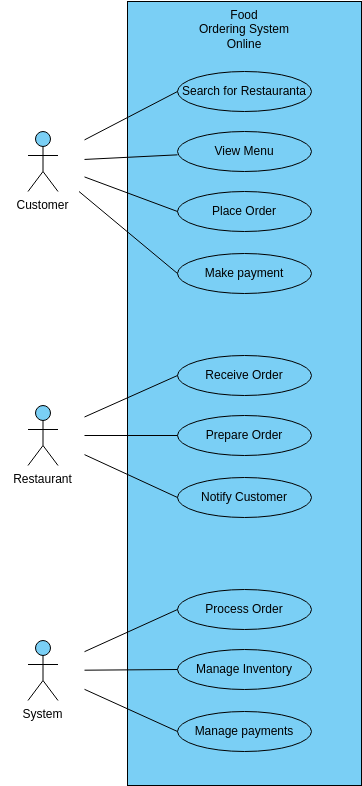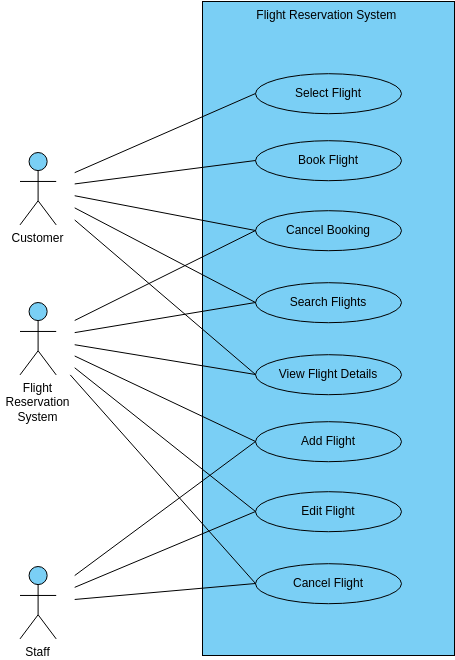Why Structuring Use Cases with Relationships in Use Diagrams?
Both include and extend relationships are built on top of the base use case. In theory, a software analyst could write a base use case without using include or extend relationships. However, as use cases become larger and more complex, choosing to use include or extend can reduce the complexity of the base use case and improve the overall comprehensibility of the use case model.
Include relationships
Used to split out a series of reusable steps
The base use case is incomplete without the containing use case (use containing for necessary behaviors).
The containing use case is not aware of the use cases that use it (this becomes more important from a system coding perspective).
Extended relationships
Similar to an alternate process, which contains optional or conditional behaviors
An extended use case is incomplete without a base use case
Extension use cases are typically used for behaviors that will be implemented later.
If enhancing an existing system, using Extend can help separate the new functionality from the old.

